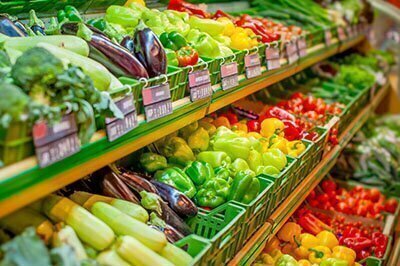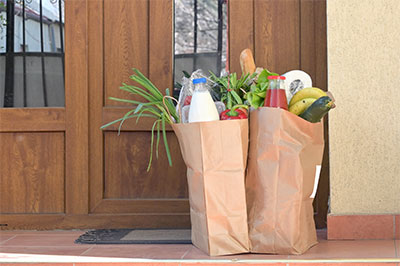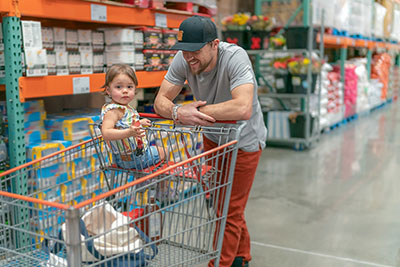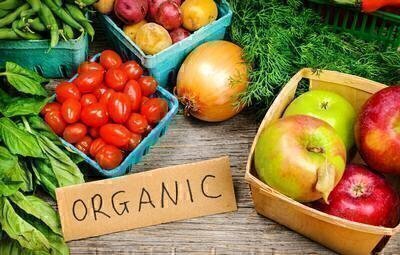Since our last evaluation of grocery stores, in 2018, a series of enormous changes have rocked the food-buying world.
Staying at home during the pandemic meant avoiding restaurants; our home-cooking exploits gave a huge boost to supermarket companies’ bottom lines. The surge in demand for delivery and curbside pickup also changed the way stores served many of their customers: To remain relevant, grocery stores were forced to invest in new technology or partner with third-party outfits to keep their goods flowing. While interest in grocery delivery has since waned, because many consumers learned they’d rather have someone else do their shopping we continue to have far more grocery delivery options than before.
More recently, supply-chain kinks and soaring inflation made grocery shopping an expensive and often frustrating ordeal (we’ll never take cream cheese for granted again!).
Despite all this turmoil, our latest evaluation of local grocery stores for quality and price mostly found that the more things change, the more they stay the same: Most stores still struggle to provide high-quality products at low prices.
But we also continue to see more competition than ever in the Bay Area’s supermarket scene, which ultimately benefits shoppers. Although for most, buying groceries is an exercise in tradeoffs, there are now so many store choices—including warehouse clubs, Trader Joe’s, and smaller chains that focus on quality—that consumers often make several stops to get what they need.
So where can you find the best produce and meat? Which stores offer the lowest prices? How does Trader Joe’s compare? How much can you save at a warehouse club? What about organic food? How much extra will you pay for delivery? Read on for answers.







